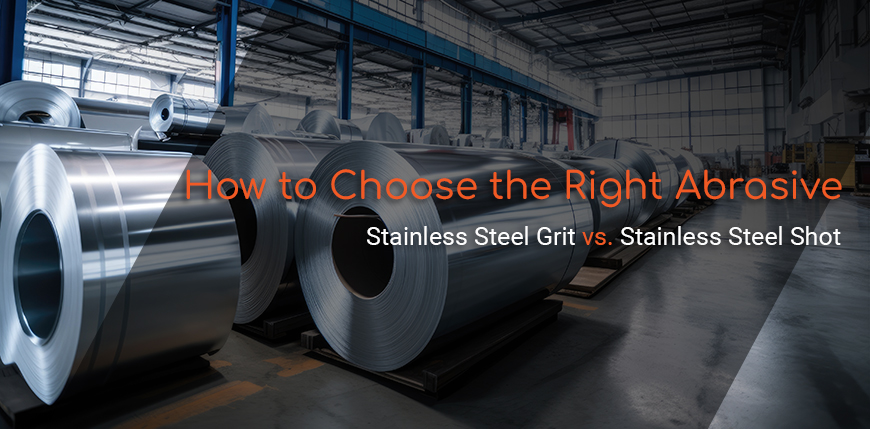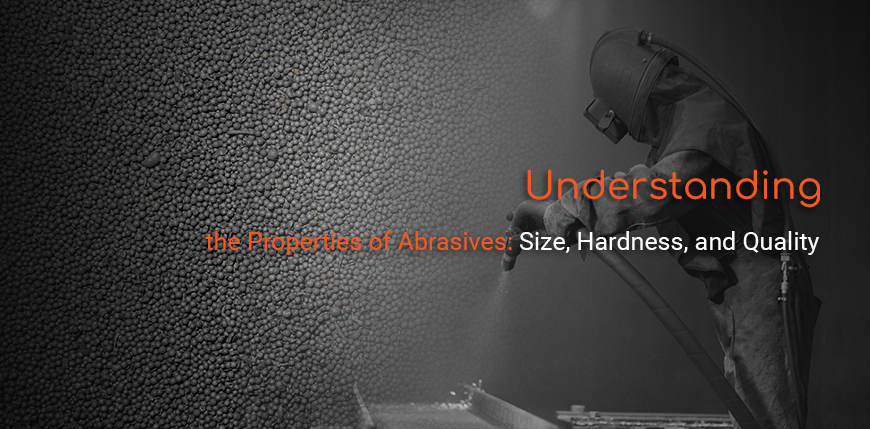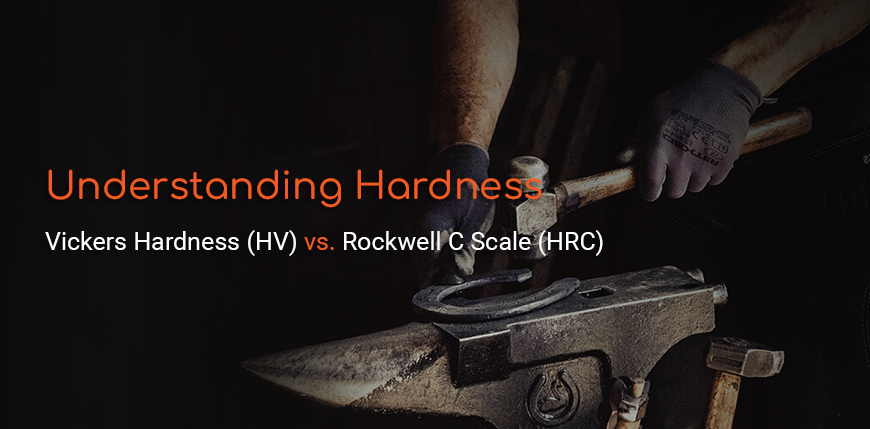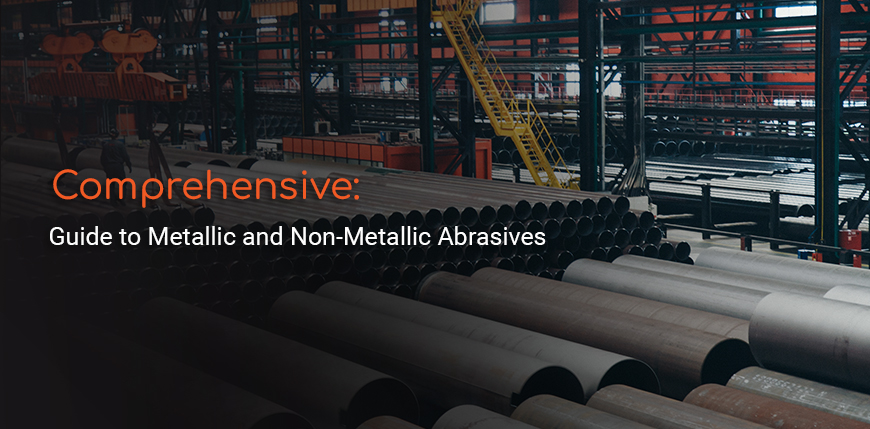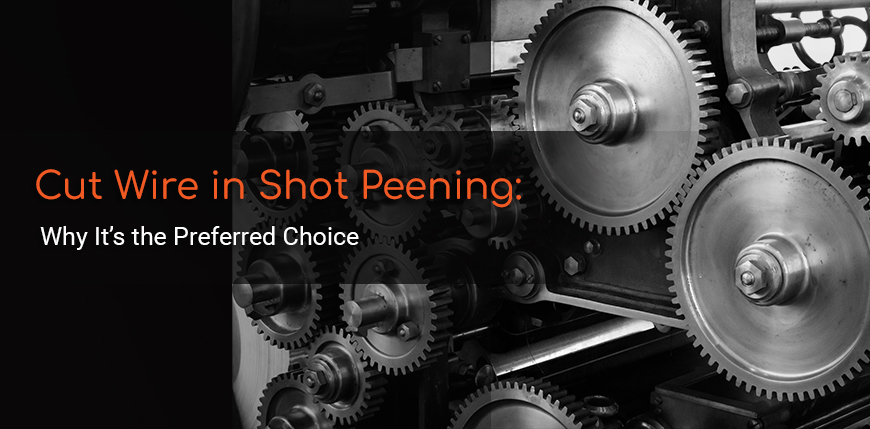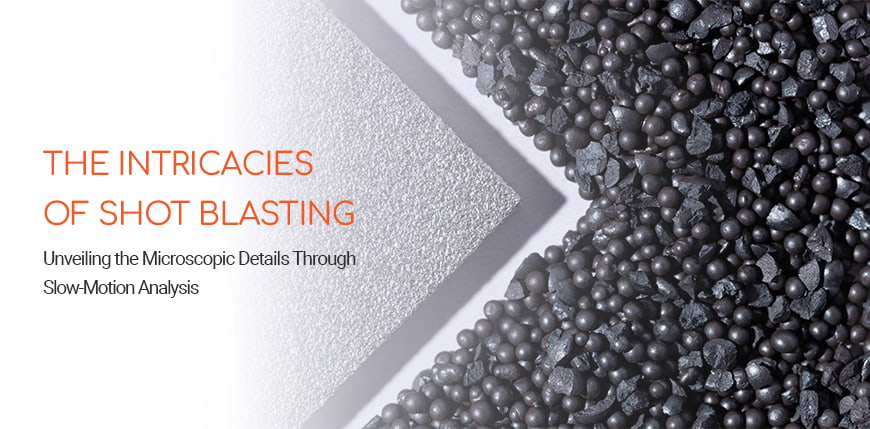
A Slow-Motion Perspective
The slow-motion video serves as an eye-opener, revealing how each high-speed shot impacts the sand-covered surface. The kinetic energy transforms into cleaning power upon impact, making it evident that achieving a clean surface is a result of millions of these tiny yet powerful interactions.
Types of Shot for This Application
When it comes to cleaning sand-covered surfaces, the type of shot used can make a significant difference. Here are some of the shots that are highly effective for such applications, and which you can find in our product range:
· Steel Grit: Known for its angular shape, steel grit is excellent for aggressive cleaning.
· Glass Beads: These are ideal for softer surfaces and provide a smooth finish without altering the material.
· Aluminum Oxide: This type of shot is durable and reusable, making it cost-effective for large-scale operations.
The Power of Millions
The slow-motion video makes it abundantly clear that a clean, sand-free surface isn't achieved in an instant. It's the cumulative effect of millions of high-velocity impacts, each contributing a fraction of the total cleaning power needed.
Why Kinetic Energy Matters
The speed at which the shot is propelled is not arbitrary. The kinetic energy acquired is directly proportional to the cleaning efficacy. The faster the shot, the more kinetic energy it has, and the more powerful the cleaning action.
Practical Takeaways
Understanding the microscopic mechanics of shot blasting can guide you in selecting the right type of shot for your specific needs. It can also help you calibrate your shot blasting machine more effectively, ensuring optimal results.



